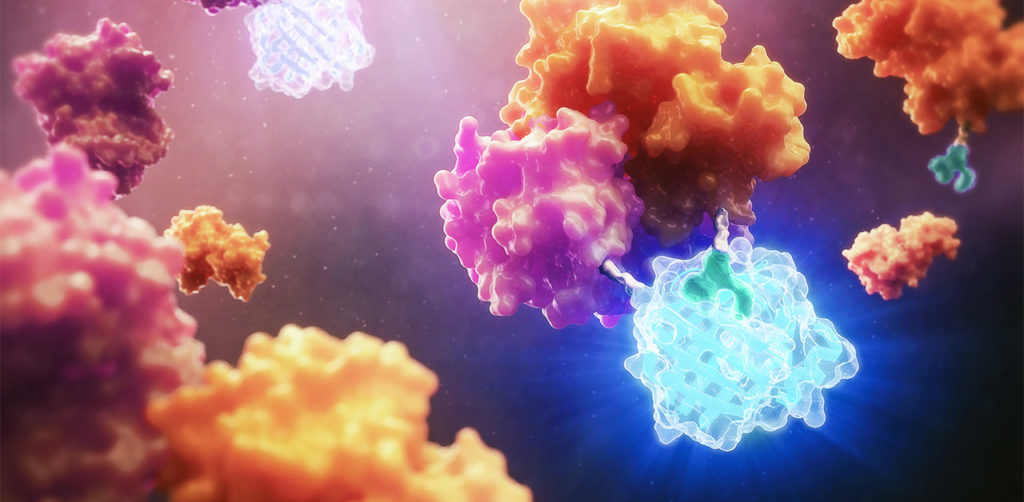
Antibody tests are often used to determine whether individuals have been exposed to certain bacteria or viruses. For most existing antibody tests, the process goes something like this: A vial of blood is drawn from the individual, the vial is sent to a lab, then a trained technicians performs the antibody test and sends back the results. The current process is less than ideal for a few reasons. For one, blood draws are invasive and can be painful. Also, getting results could take days, due to the time required to deliver and process the sample. Lastly, costs can be high, since the need for trained professionals and specialized instruments in laboratory settings adds to the cost of each test.
What if all you needed to do for an antibody test was apply a single drop of blood onto a thin piece of film, and you would get results on the spot within five minutes? Scientists have recently developed an antibody test based on bioluminescent technology that could make this a reality. They describe their findings in a recent study published in ACS Sensors.
Continue reading “New Bioluminescent Sensor Can Detect Multiple Antibodies in a Single Drop of Blood”